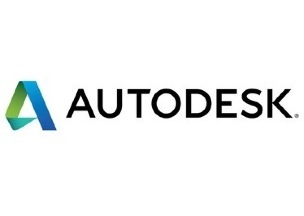Autodesk delivered their first-ever Autodesk University construction keynote to a packed room this morning. Stacy Scopano, senior industry strategy manager for construction at Autodesk opened the session on the technologies and trends disrupting the construction industry, including drones, 3D capture, mobile computing, and more.
Jim Lynch, VP of the AEC product group at Autodesk then took the stage to focus on the effects of disruptive technology in three areas: demand, means of production, and the final project.
Demand
As Lynch explained, one of the major changes in construction is growing client desire to have deeper insight into the project. Once, clients might have been satisfied to wait for final delivery, but now they demand deeper insight and greater transparency at each stage of the project.
In other words, this section of his presentation might have been called “insights.”
Unsurprisingly, this is an area where “reality capture” (3D imaging) and drones are making major waves. Reality capture, Lynch argued, is a core functionality for construction because it creates an accurate representation of the project. This, in turn, creates a great deal of new visibility early on.
Because of this great need for measurement and visibility, Lynch argues, Autodesk is working to expand the role of its 3D-capture technology, ReCap, in all of its products.
UAVs, similarly, are changing the way that contractors map, measure, and monitor. As Lynch explains, this technology is a less expensive means of gathering data on the progress of a project. This insight—whether on daily progress, volume, or simple measurements—can then be passed down to the customer.
Means of Production
With the the advent of the internet, and then the internet of things, the way that buildings, highways, bridges and other assets work and communicate is changing. As Lynch explains, this is beginning to blur the lines between the digital and physical world.
As an example, he offered the idea of a tollbooth that change the price of toll throughout the day, depending on demand as measured by road sensors. Another example was Panoramic Power, which helps asset owners reduce operations costs by clipping sensors into cables and capturing performance data. This allows the owner to log spikes in the system before the system crashes, and move operations from a reactive state to a predictive maintenance state.
It’s a powerful application for sensors–it makes me wonder what similar applications we’ll be using 3D capture sensors for in the future.
Production
The means by which we are producing buildings, bridges, and roads is changing, too. Prefabrication, for instance, is making it possible to construct parts of a product offsite and truck them in for assembly. More advanced technologies even allow for bridges to be 3D-printed in mid air.
All in all, it’s clear that technology is changing the way that we work.






